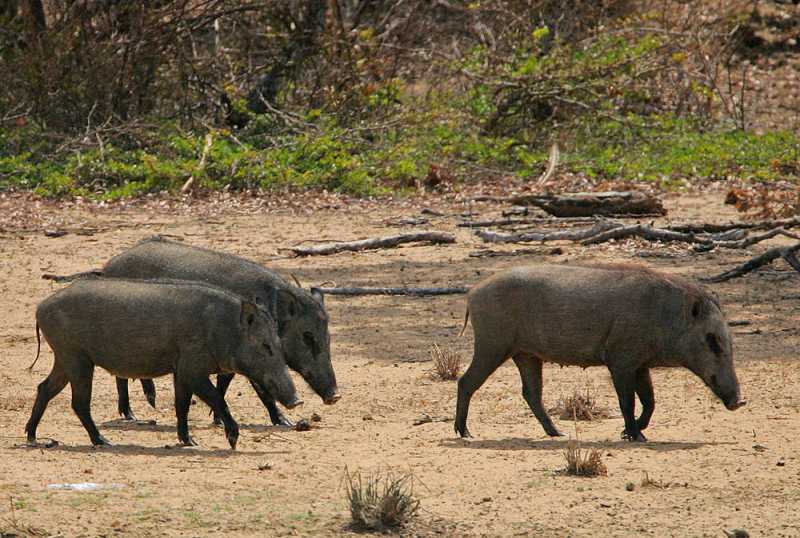
· Potential to spread Swine Fever, harm domestic herds
· Leading Lloyd’s of London livestock underwriter available for comment on worsening situation in several European countries
Earlier this year, there were calls for a cull of wild boars in the UK following the death of a motorist whose car struck one of the animals on the M4 in Wiltshire. Days later, Princess Anne revealed publically that one of her prize pigs has been killed by a wild boar in Gatcombe Park, Gloucestershire.
Once native to the UK, wild boars became extinct around 300 years ago. But following numerous escapes and deliberate releases from private collections and farms, the animal has re-established itself in areas such as Kent, Sussex, Dorset, Gloucestershire, Scotland and the Forest of Dean.
The keeping of farmed wild boars is controlled under the Dangerous Wild Animals Act 1976.
Sophie Dunkerley, AEGIS London’s Class Underwriter for livestock, commented:
“While wild boars certainly have the potential to attack pets and farm animals, the key insurance concern is the potential spread of Swine Fever, where re-emergence has been linked to the movement of wild boar. In several European countries Swine Fever outbreaks show a westward trend and increasing populations of wild boar raise the risk of Swine Fever spreading. Although it may not be an immediate risk, the risk should be considered as an emerging one, especially if Swine Fever becomes endemic within the wild boar population.”
Sophie Dunkerley is Class Underwriter for livestock for AEGIS London, a syndicate trading in the Lloyd’s of London insurance market. She has a degree in Animal Science and a Masters degree in Business Management for the Food and Agricultural Industries along with practical knowledge and experience in the welfare, husbandry and management of livestock and the risks surrounding their production, breeding or exhibition with a specific focus on livestock disease.
